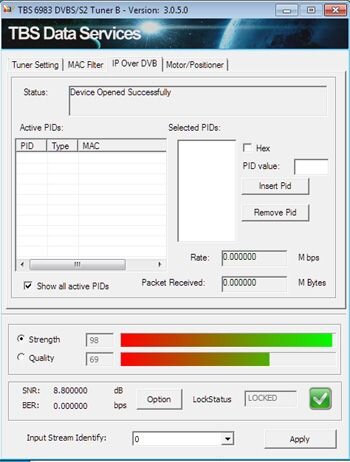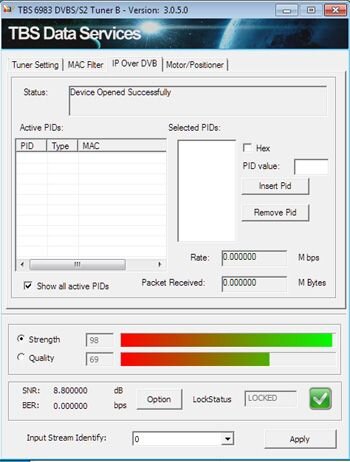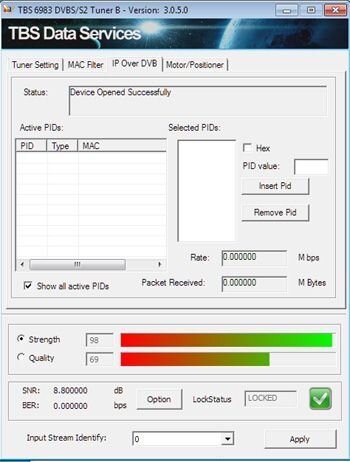Received this e-mail from Greg about the new sat for NOAA Port. It will be interesting what the ERP will be with the move to Galaxy 28.
All,
The National Weather Service (NWS) will be moving from the SES-1 Satellite (101W) to the Galaxy 28 Satellite (89W) for all SBN/NOAAPORT data streams (Channel 101-105 and Channel 201).
Please see NWS Service Change Notice (SCN) 17-111 for details:
http://www.nws.noaa.gov/os/notification/scn17-111sbn_noaaport.htm
The transition phase is currently planned to begin December 5, 2017 with completion on January 16, 2018. Additional SCNs will be issued to update the transition schedule and information. These will be posted to the NWWS web page.
Respectfully,
Gregory Zwicker
NWWS Program Manager
All,
The National Weather Service (NWS) will be moving from the SES-1 Satellite (101W) to the Galaxy 28 Satellite (89W) for all SBN/NOAAPORT data streams (Channel 101-105 and Channel 201).
Please see NWS Service Change Notice (SCN) 17-111 for details:
http://www.nws.noaa.gov/os/notification/scn17-111sbn_noaaport.htm
The transition phase is currently planned to begin December 5, 2017 with completion on January 16, 2018. Additional SCNs will be issued to update the transition schedule and information. These will be posted to the NWWS web page.
Respectfully,
Gregory Zwicker
NWWS Program Manager




